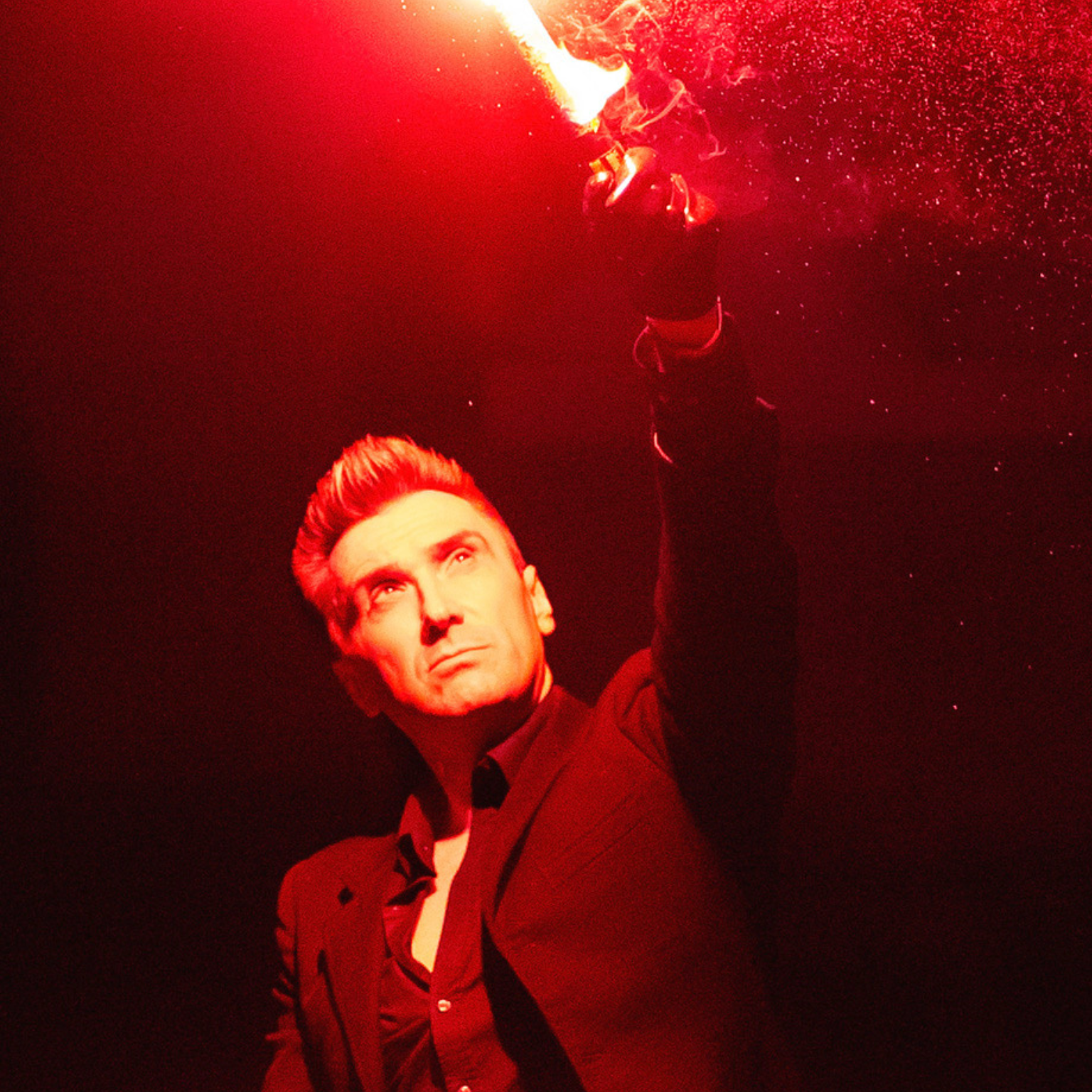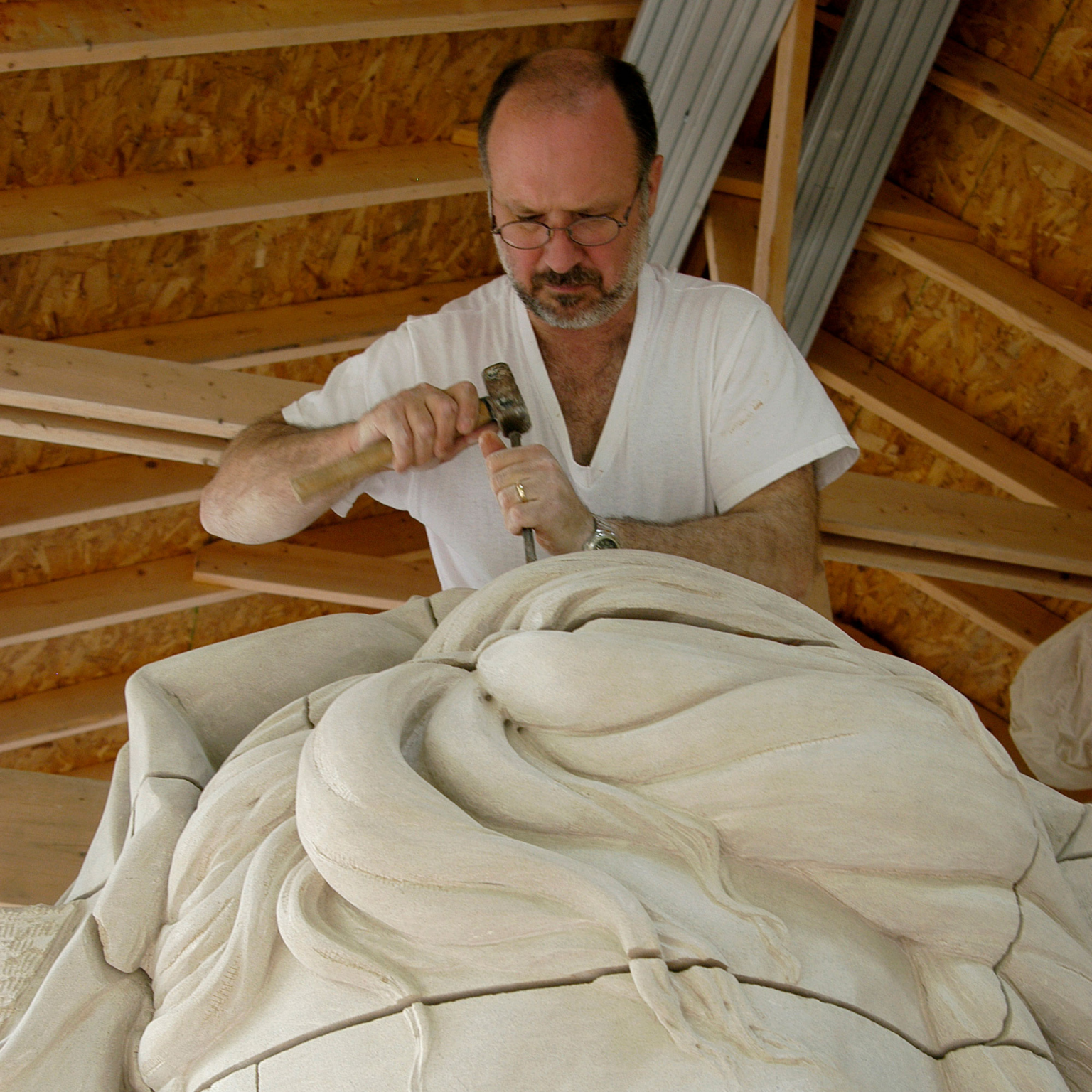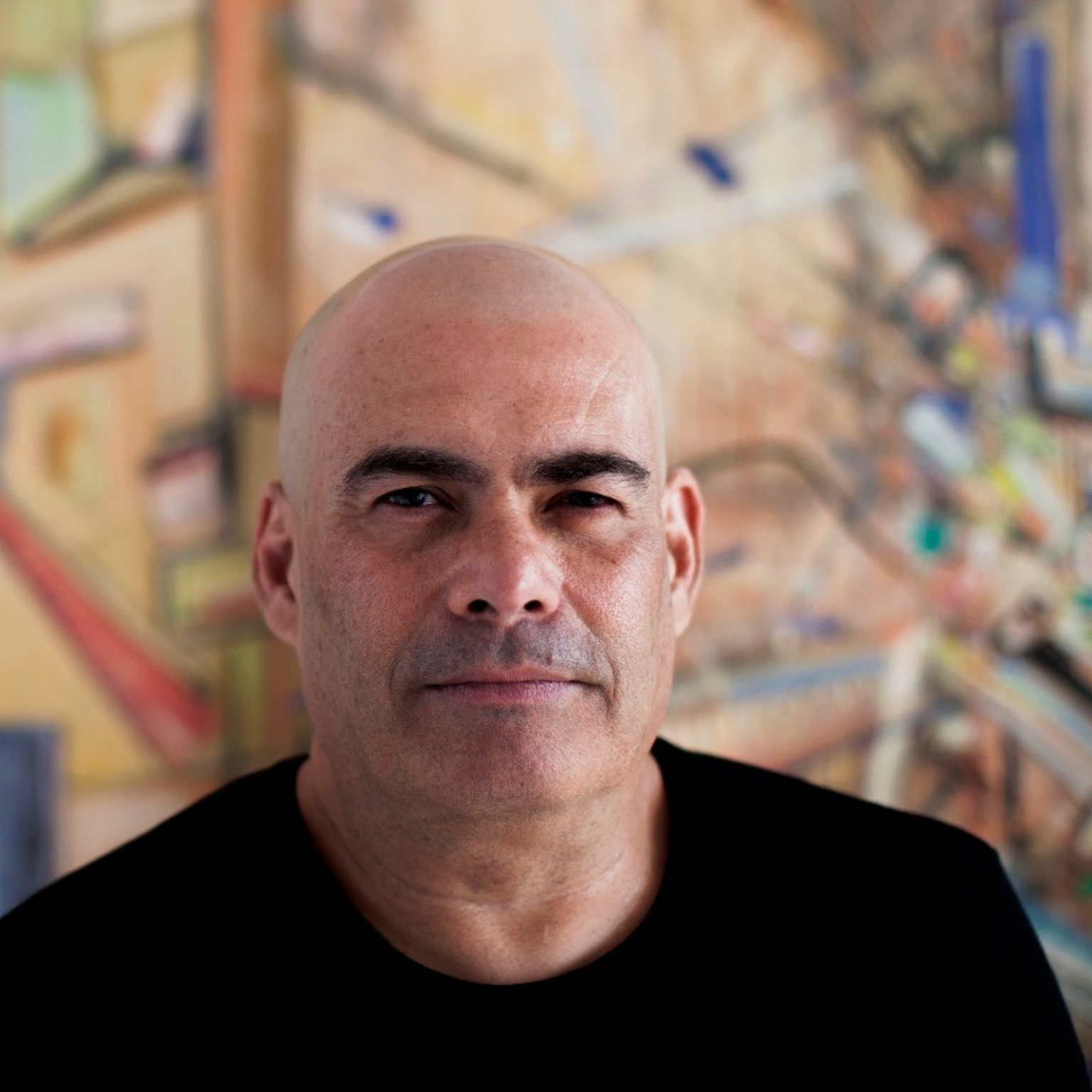Stefano Cagol, conceptual artist and activist from Italy. Photo © Courtesy of the artist
This interview aligns with the ‘Nature and Culture’ campaign initiated by the Culture For Causes Network in November 2022. Within this framework, an exhibition titled ‘Reconciliation with the Living’ was exhibited in Paris at UNESCO HQ, focusing on the theme of harmonizing humanity with itself and the natural world; the exhibition travelled to Florence and to Lisbon as well. Additionally, MuseumWeek 2023 featured numerous hashtags related to environmental topics. A video series titled ‘Nature and Art’, a collaborative effort between UNESCO and the Solomon R. Guggenheim Museum, was also showcased as part of this initiative.
After studying at the Brera Academy and then at the Ryerson University in Toronto, the Italian artist Stefano Cagol (Trento, 1969) began his career in the ’90s, focusing all his production on supporting some themes that are more relevant today than ever, such as the energy, climate change and therefore the relationship between man and nature.
An artist and also an activist, Cagol, through photography, installations, and videos, but above all through artistic performances, helps make the world reflect on current emergencies by highlighting the political implications and effects of globalization.
Winner of several awards such as the Terna for Contemporary Art (Megawatt category), among his most important projects, is “The Time of the Flood. Beyond the Myth through Climate Change” which was presented in Italy in Rome and Venice, but also in Berlin, Vienna, and Tel Aviv. A multifaceted and conceptual artist who, in addition to performances, words are two very important aspects that complete the meaning of each of his works. And so, exclusively for MuseumWeek Magazine, in this long interview with Stefano Cagol, we asked what the term relationship means.
“Concepts, and therefore words, are central in my works. Even with their sound and their graphic appearance. I often start with the title, which becomes a summary and, sometimes, works itself. This is the case of neon writings such as ‘Flu Power Flu’ and ‘Ice Melting Ice’, a sort of short poems, but it is also the case of banners, such as the one presented at the 14th Curitiba Biennial in Brazil: ‘Non-Somos Aquecimento Global’, we are global warming, unexpectedly unleashed in front of visitors to the MON the Oscar Niemeyer Museum, while the Amazon rainforest was on fire. Many years ago during a very special masterclass near Villa Manin with just two students, the Californian artist Maria Nordman taught me the concept of time-specificity, of a unique connection with the moment”.
Then he adds: “This is the relationship: synchronicity, which makes us understand that we are not the center, but part of a balance between elements, as Niccolò Cusano, long before Copernicus, had already intuited. I particularly like the term synchronicity, because some linguists connect the term chronos not only with the idea of time but, more archaically, with the Sanskrit kar, the common root of creating and caring. Synchronicity is doing together, and caring together. Synchronicity is a key to our species and connection to the whole”.
The expression “We Are the Flood”, refers to the project “We Are the Flood. Liquid platform on climate crisis, anthropocene interactions and ecological transition”?
As almost always happens in my working method, the title and concept arise from and are a consequent evolution of the previous project, in this case from “The Time of the Flood”. The latter, a multi-site project with the support of the international promotion program of Italian contemporary art of the Ministry of Culture (called the Italian Council), started, with perfect synchronicity, a few days before the pandemic, describing the flood as a great upheaval.
Thus, in the text that closes the book to seal the project I declare “We are global warming, we are the pandemic, we are the flood”. We are used to always blaming someone else: industrialists, politicians, other nations. Instead, the flood represents our being, now 8 billion, fantastic but shocking, racing towards the abyss.
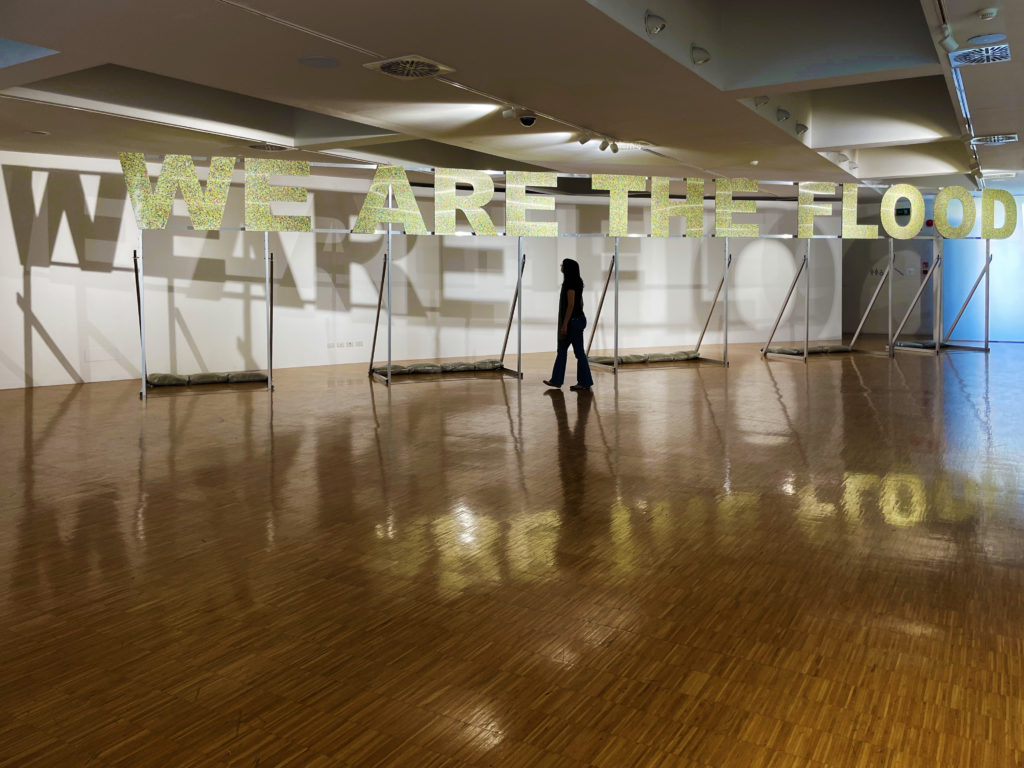
This is a project you created and curated for MUSE – Trento Science Museum. Can you tell us how it was conceived and what is its goal?
The project was conceived from a visceral and imperative urgency that made me compare for some years with the director of MUSE Michele Lanzinger regarding the proposal of a contemporary art that can create a decoding of the ongoing environmental and climate crises.
Science is not enough, numbers are not enough to make us understand the complex moment we are experiencing and to make us imagine desirable futures. Scientists and artists together, who in our imagination are poles apart, in this case, move in the same direction, in a continuous comparison.
“We Are the Flood”, as indicated by the plural subject of the title, started from a large artistic/scientific committee and created the direct involvement of artists of different origins and generations, from the well-known Spaniard Eugenio Ampudia to the intense and committed American Mary Mattingly, based in New York City, up to many young people under 35 selected through a sequence of open calls, who were offered the possibility of growth through masterclasses and exposure opportunities alongside the masters.
The exceptional interaction between different fields was fundamental, not only of science but also of philosophy, with the irrepressible and inspired Timothy Morton, and of poetry, with the special and sensitive Franco Buffoni and Antonella Anedda. In other words, “We Are the Flood” gave life to a community, a thinking and reflective community, of which the public was continually called to be part, an essential element.
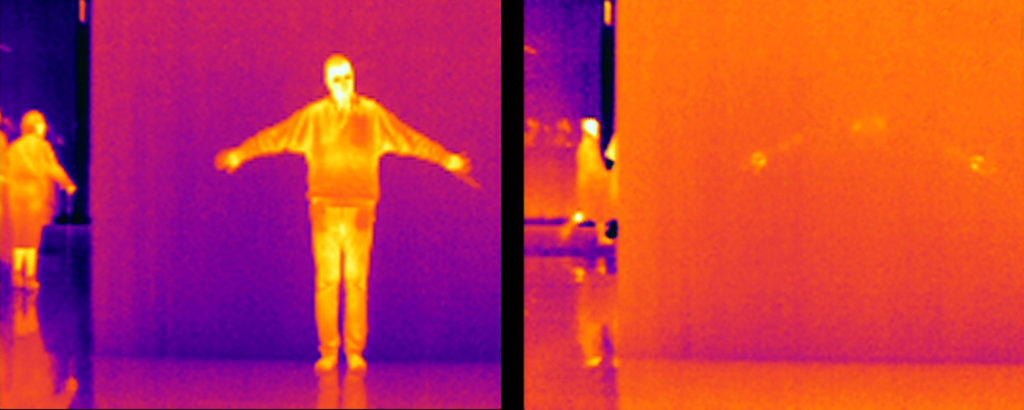
So an inspiring project in various respects…
“We Are the Flood” created multiple open moments and the so-called “Liquid Exhibitions”, in unusual places outside the MUSE, such as an archaeological space underground in Trento. Until the consecration and the possibility of founding the first public collection of contemporary art in Italy dedicated to the Anthropocene and belonging to a science museum.
MUSE has just won, with my conception and care, the prestigious PAC – Piano Contemporary Art of the Ministry of Culture. The new collection was born with the acquisition of 14 works from the “We Are the Flood” platform.
In the meantime, I am evolving “We Are the Flood” in a multi-site and multilayer way that belongs to my method. Now in the solo show at the MAC museum in Lissone, thanks to the support of the Italian Council which I won this year for the second time, a large inscription of the same name is on display: a sort of monument made today using a kaleidoscopic plastic material, obtained from recycling of 200 thousand plastic bags and capable of surviving, because this petroleum derivative will take a thousand years to degrade.
Then, synchronously as I write I am leaving in a couple of days for the Egyptian desert and the tropical forests of Malaysia, followed by the Central Asian steppes and the ice of Greenland. In Cairo, in the setting of the OFF Biennale Something Else conceived by Simon Njami and Moataz Nasr, in a large exhibition at the Saladin Citadel, I too as an artist/curator will involve artists from every nation that I will touch with the project, thanks to the multiple partner institutions: artists from Malaysia, Kyrgyzstan, and Egypt itself, and also indigenous Inuit and Sámi. “We Are the Flood” moves in a procedural, solitary, choral, and generative way, like all my projects.
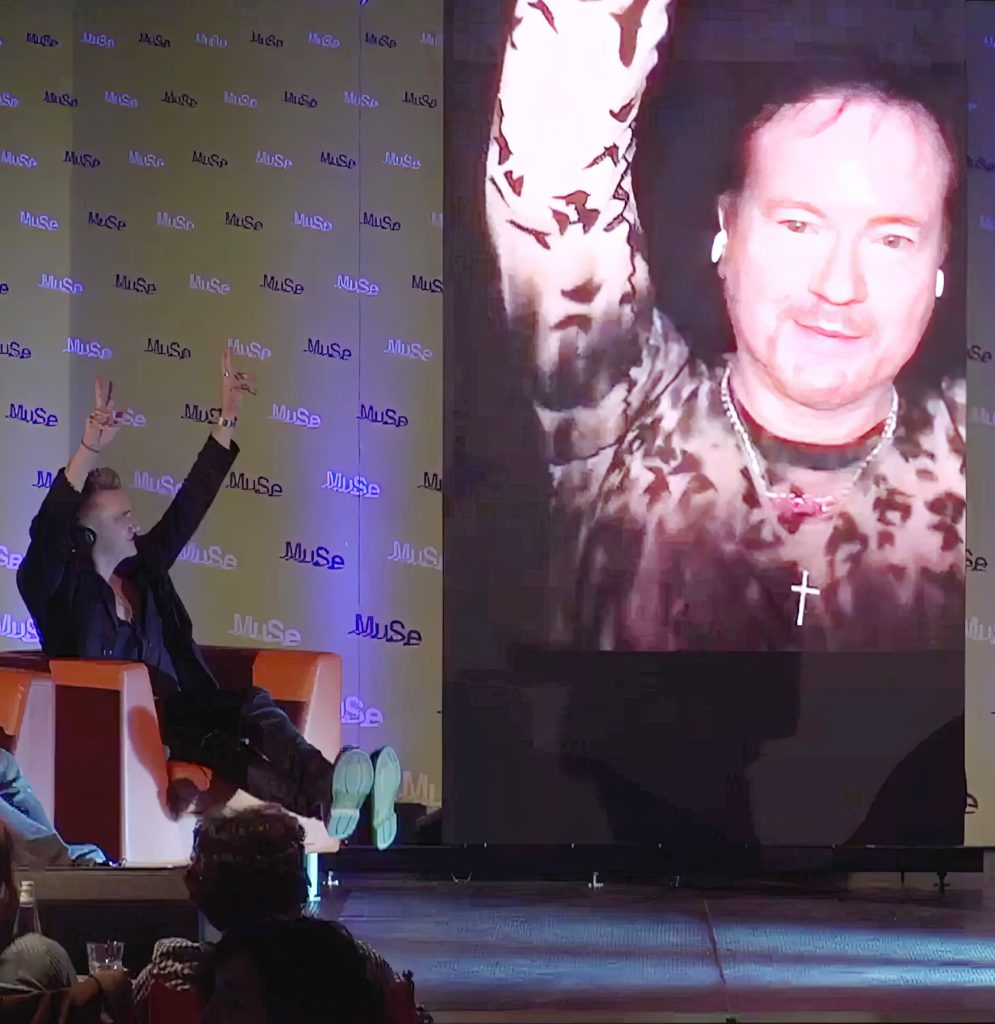
Your production is also based on interaction with the audience; Is performative action a necessity to feel part of the whole?
My art-making often develops outside of designated places, also through the involvement of an unaware public, put to the test in a certain sense. For me, art is communicating. From this perspective, the goal is to reach the widest possible audience, both directly and indirectly, as happened when I created “Signal to the Future”, a minimal performance during the pandemic in a deserted square in the small Alpine town of Bressanone, whose images have reached more than 435 million viewers in every part of the planet, from Texas to Indonesia, from Germany to Australia, a surprising and unrepeatable result for art, a work in Italy a little less known.
I often carry out performative actions in total solitude: it is at that moment that I feel most of everything. At that moment the human being no longer matters. I felt this sensation for the first time in the Arctic, and now I continue to search for it. I was in the far north of Norway on the Russian border as an artist in residence.
When I left the Alps, where I decided to live in a small town in the Val di Non, I thought I would simply find a harsh winter. I was wrong, there it is possible to truly feel the enormous power of the elements, of the ice, of the wind, of the waves, the universe of which everything is part.
Energy is among your essential elements, as in “The Body of Energy (of the mind)”, a project in which an exchange of energy takes place between the participants. In general, did you find any differences in the place where it was presented?
We are energy. “It’s all about giving and taking energy” reads the title of one of my latest books. Energy is everything for us, the Anthropocene itself, what scientists have begun to define as the era of the irreversible impact of human beings on the planet, has its essence in energy.
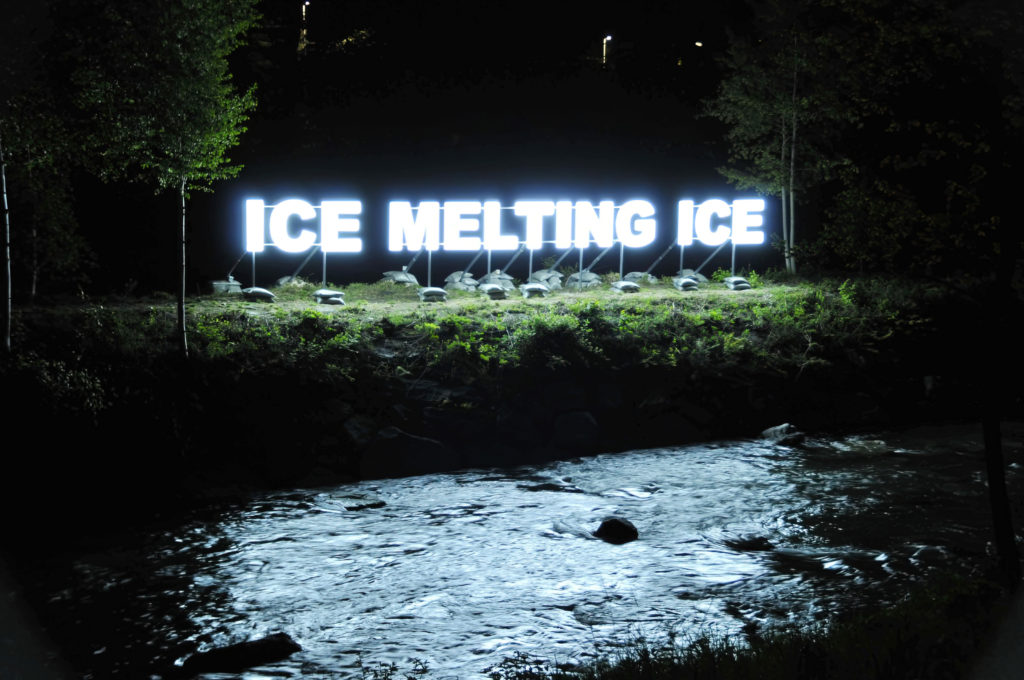
Contemporary human beings have a voracious hunger for energy like never before, and the digital world absorbs more and more energy. This became clear to me with the project you mentioned and it crossed Europe, physically and conceptually touching places of production of physical energy and cultural energy.
On that occasion, I approached the power plants in Germany connected by conveyor belts to open-pit coal mines of immense proportions. In that image, I found an evident visualization, because otherwise, energy is immaterial. In my project, I decided to make it visible using an infrared video camera, capable of showing the persistence of traces of energy on what we come into contact with.
The strangest thing was asking visitors to touch the walls of a museum, monolithic ones like the Folkwang in Essen. In reality, the element of energy runs through many of my works, such as the performances in which I use light and fire.
Regarding the environment, what is or what should be the artist’s responsibility?
The artist has a great responsibility towards society. Or, rather, he should start having it again. I have always felt it. My first video work talked about irresponsible atomic use. In 1995 nuclear tests were carried out by the French in Mururoa, a Polynesian atoll, the last explosions on the planet.
At that moment I felt the need to deal with this theme, so my first video work (then on VHS, analog, now digitalized) has the title “Monito” and penetrates an atomic explosion, both from a visual point of view of how loud.
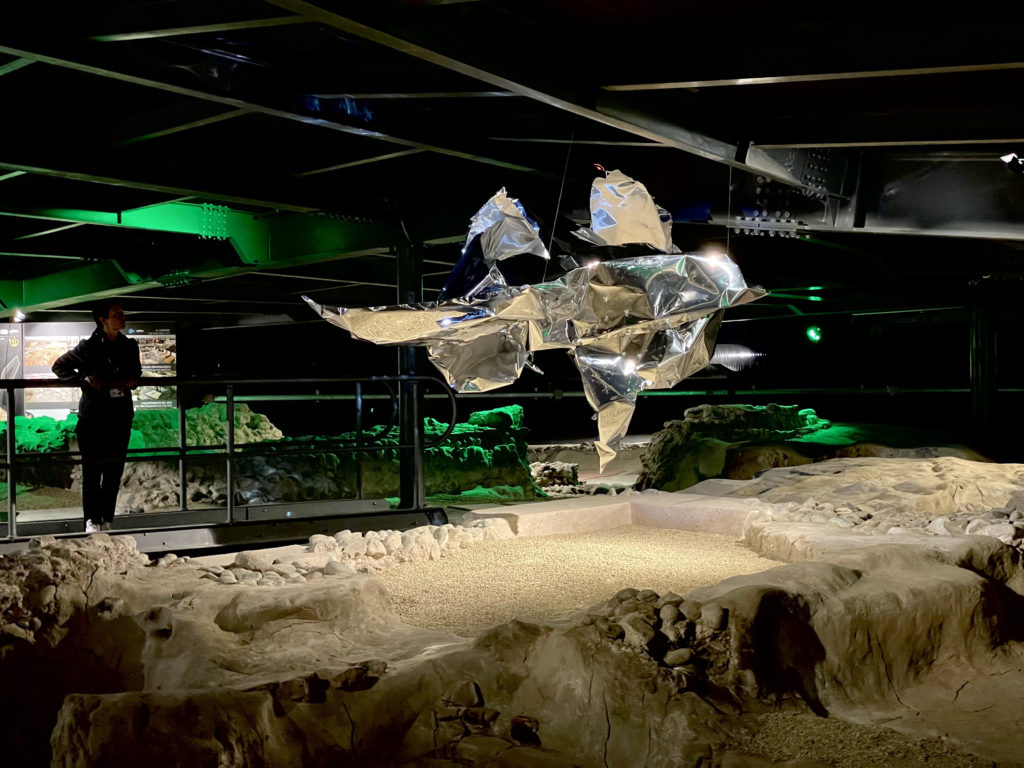
As I am writing, the audio of that work is present in a solo show at the Lavazza Museum in Turin, Italy, in the exceptional archaeological space under the Lavazza Cloud (Nuvola Lavazza). To create it, I had analogically slowed down the sound exponentially, reaching figures high to the N, until I discovered and brought out on a perceptive level what appears to be an astonishing composition performed on the cello: the soul of the bomb. It seems to feel the human hand moving the bow on its strings playing heartbreaking music.
Interview by Fabio Pariante, X / Instagram / Website
